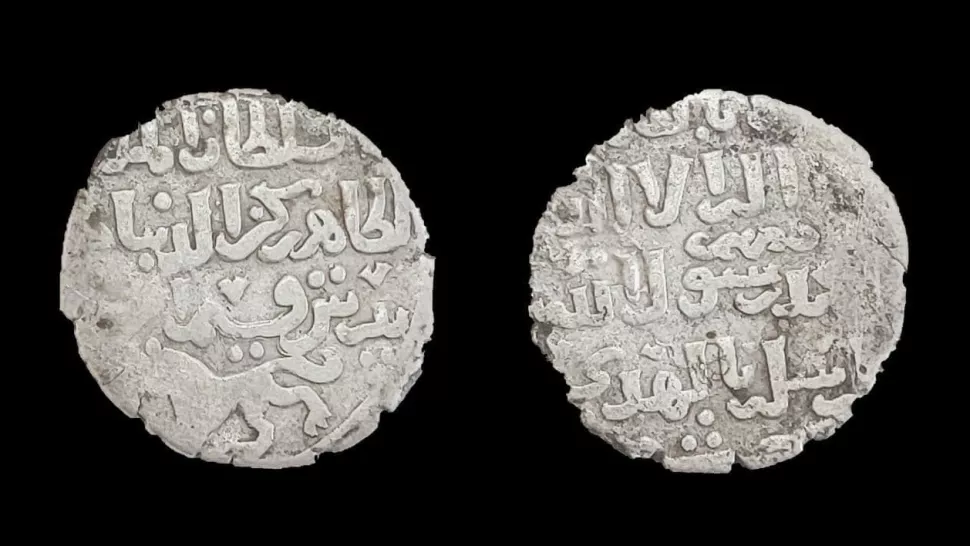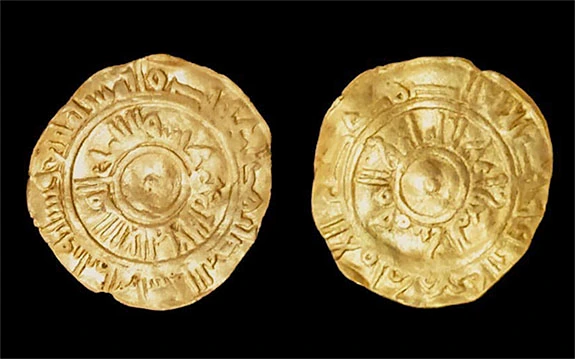
Treasure of gold and silver coins under the temple
Categories: Nálezy nejenom s detektorem na blízkém východě
Archaeologists have discovered a cache under a temple in the Egyptian city of Esna. Inside were gold and silver coins. Some of them are up to a thousand years old, according to experts. The archaeologists have only partially uncovered the temple. They've stumbled upon a cache of gold and silver coins. They date from different time periods of the Islamic era, which began in 610 AD. Some of the coins are up to a thousand years old.
The depot includes 286 silver coins from the early Islamic period. There are also gold coins from Armenia minted during the reign of King Leo II in the thirteenth century and bronze and brass coins from the Ottoman Empire. Archaeologists have also discovered dirhams, which were coins used in several Arab states minted by a number of kings and sultans. Today, it is the currency used to pay in the United Arab Emirates.
In addition, the archaeologists also found moulds and weights in the cache that were used during the minting process. Who owned and hid the treasure is still being determined by archaeologists. They hope to learn more through the analyses they are now conducting. The temple where the archaeologists found the coins is located in the city of Esna. It lies on the right bank of the Nile River and also about 55 kilometers south of the city of Luxor. It was the capital of Egypt during the New Kingdom period. Archaeologists have come across many significant discoveries there.
A rare discovery was also announced by archaeologists near Cairo in early October at the site of Saqqara, where the coffin of the high-ranking Egyptian nobleman Ptahemwia was found. He lived around 1250 BC and worked as head of the treasury of Pharaoh Ramesses II. The Great.
The intact sarcophagus was found by Ola El Aguizy, professor emeritus at Cairo University's Faculty of Archaeology, and her team. The archaeologists discovered that it was a granite sarcophagus of an influential nobleman because of the inscriptions dedicated to Ptahemwi. According to the archaeologist, this is a very rare discovery.
"This is because it is the sarcophagus of the owner of the tomb, which is not very common. It happens that the sarcophagus was intended for another person from a later time," explained Ola El Aguizy, who already discovered the upper part of the tomb last year. This year, she and her team also came across the underground chamber. The archaeologists had to descend into the eight-metre-long shaft.


Sources: www.livescience.com, www.nationalgeographic.com, www.thearchaeologist.org, ww.rockypointjewelers.com
The article is included in categories:



